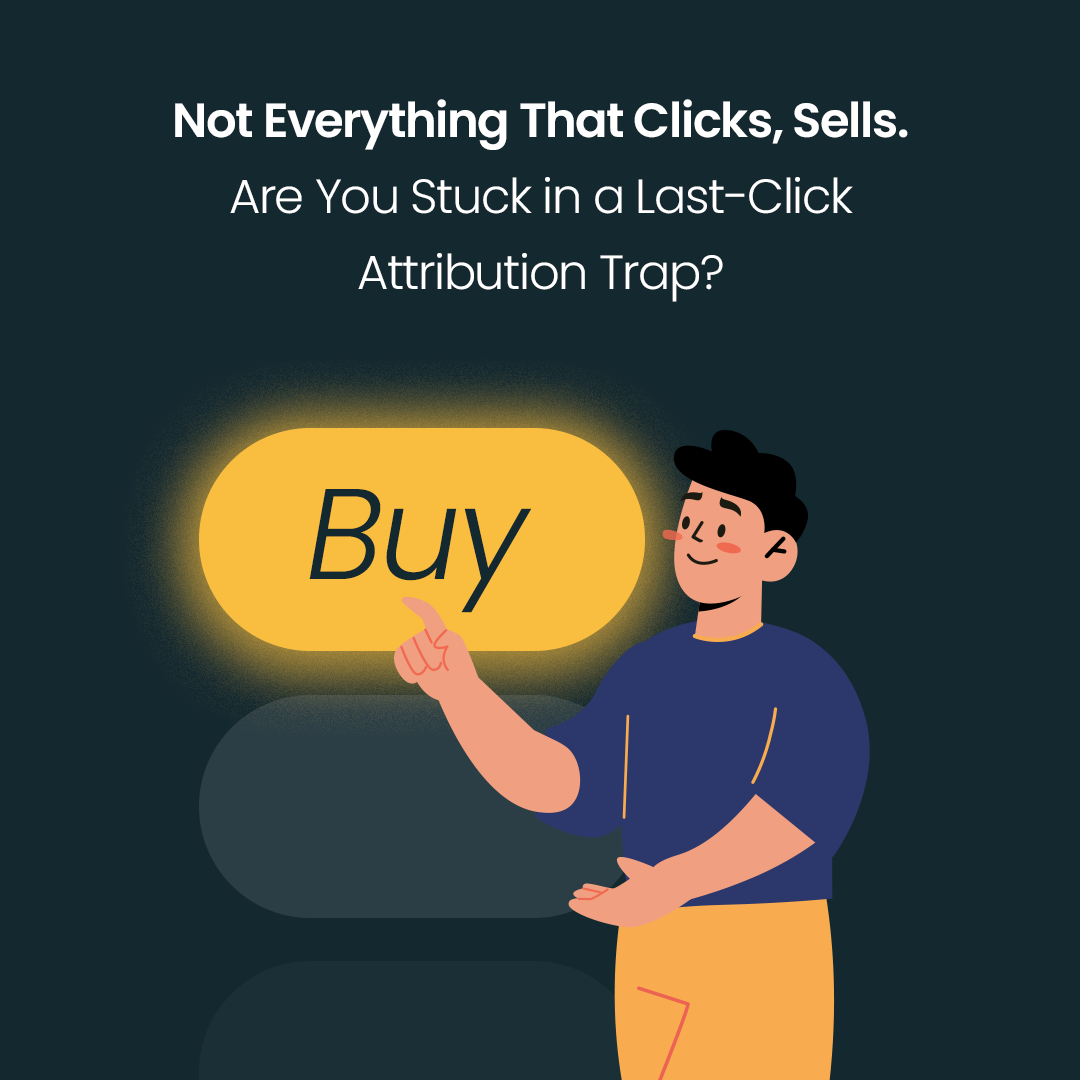Are you using Google Ads, GMP tools and/or GA4 in your company? Do you plan to use these technologies after March 6th, 2024? If you answered yes to both questions, this article is most definitely for you.
Whether you are a marketer or the CEO of a company, to prepare for the upcoming changes you should first learn and understand the requirements introduced by the EU in the “Digital Markets Act”. The DMA regulation goes into effect as early as March 6th, 2024, and could significantly impact digital marketing prospects in your company. This is because, even more than before, the DMA requires the deliberate collection of relevant user consents from our site, or app. It is thus necessary to take action here and now, as we discuss more below.

What should you know about the DMA regulation?
The Digital Markets Act (#DMA in short), is an EU regulation that aims to ensure a fair and competitive digital economy in the European Union and to reinforce the privacy protection of users online. The regulation directly affects the operations, collection and use of data by tech giants such as Google and Meta, imposing obligations for transparency and use of user data. Consequently, the same applies to advertisers using tools such as Google Ads and Facebook Ads Manager.
For us, advertisers who use Google’s tools, one of the key outcomes of the DMA is the need to implement Consent Mode 2.0, by March 6th, 2024, which is a new way to manage consent on our sites for the use of cookies and other user tracking technologies. This is because the implementation of Consent Mode 2.0 intends to give users in the European Economic Area detailed control over how their data is used by advertisers and Google.
NOTE: Failure to act, that is, failure to implement Consent Mode 2.0, will significantly limit the ability to run campaigns on Google and target ads accordingly. In such a case, we will not be able to, among other things, create and use remarketing lists, or adequately measure the conversion of users from our website or app. This will significantly reduce the effectiveness of our campaigns!
What is Consent Mode vs. Consent Mode 2.0? If I already have implemented the Consent Mode, do I need to do anything else?
Consent Mode is a solution for obtaining and managing users’ consent to any activities related to the processing of their data. It provides users with a centralized location to manage their data preferences and easily revoke or modify their consent decisions. This approach promotes transparency and enables users to make informed decisions about the privacy of their data. After the GDPR came into effect, Consent Mode v1 was implemented on a large scale by many companies. Until now, however, the lack of implementation of this solution has not eliminated the possibility to collect conversions from campaigns in Google Ads, or DV360.
 Screen: Example consent banner
Screen: Example consent banner
In response to the DMA requirements, Consent Mode 2.0, compared to its predecessor (Consent Mode v1), introduces a more solid and user-centric approach to consent management. The new Consent Mode structure emphasizes:
Specificity: Users are to give consent for specific purposes of data processing, rather than general approval.
Transparency: Consent requests must be clear, concise, and easy to understand, informing users how their data will be used.
Easy control: Users are to be able to easily revoke or modify their consent decisions at any time.
A more accurate collection of consents from users is possible primarily by adding 2 additional consents to the consent module, namely consent to personalize ads (ad_personalization parameter) and consent to send user data to Google for advertising purposes (ad_user_data parameter). These changes are shown in the image below:

NOTE: Even if you have already implemented Consent Mode (v1), it is necessary to adapt it to Consent Mode 2.0.
What needs to be done by 06.03.2024? How to implement Consent mode 2.0?
The amount of work we will need to do will depend on several factors such as the status of the implementation of Consent Mode v1, the expected implementation of Consent Mode 2.0, and finally how user data is collected and used. So, to implement Consent Mode 2.0, it will be useful to check the information below and follow these steps:

Check the current implementation status of consent banner and Consent Mode v1 – is there a banner already implemented on your site that collects user consent? If so, what data does this banner collect? Is the Consent Mode also implemented? How was it implemented? Was it implemented by CPM partners or by a custom developer solution? The key is to make sure that we have both a consent banner and Consent Mode implemented on our site, which will allow us to transmit relevant data to Google’s systems. Also, through consultation with our legal department, we can confirm how to collect user consent in line with current EU law.

Decide what data and how you want to submit to Google – in this step, the key will be to decide which data you want to use for modeling in GA4 and, based on that, to choose how to implement either the basic (basic – required) or advanced (advanced – optional) version. The advanced version of the implementation allows you to model additional conversions, which on average, according to Google data, leads to the recovery of up to 65% of conversions lost due to lack of user consent.

Choose a method and proceed to implementation – depending on the status and method of implementation of Consent Mode v1 and our expectations and capabilities, Consent Mode 2.0 can be implemented in one of the following ways: through solutions from certified CMP Partners (Consent Management Platforms) or custom solutions built for your company’s specific needs. Most companies, due to the lower complexity of the process, choose option No. 1, which is to work with CMP Partners. In this case, the methods and steps needed for implementation are specified on the websites of specific CMP Partners. If, in addition, your site has already implemented a consent banner and Consent Mode in line with the existing regulations, Consent Mode should automatically upgrade to the latest version of Consent Mode 2.0. Your main task in this case, then, will be to verify the compliance of the implementation with your company’s regulations and privacy policy.

Verify the implementation, check the results and optimise the implementation of consent management – the last but very important step will be the testing and verification of the implementation. A properly implemented Consent Mode is defined by the IAB Transparency & Consent Framework on transparency and obtaining consent for data processing in the 2.0 version. To verify them in our implementation, let’s check whether the banner is displayed correctly and contains clear information about data collection practices and consent options. Let’s also test the various consent options (accept, reject, manage) and observe the expected data transfers, including the use of the Google Tag Assistant tool. If problems are found, we should make changes to the implementation.
Remember, you are not alone! If you’re stuck on any of the above steps, don’t know where to start, or have additional questions about your implementation, take advantage of some extra help from the experts at SalesTube -> contact us by sending an email to hello@salestube.tech
Concluding, the implementation of Consent Mode 2.0 is necessary for the effective use of Google tools such as Google Ads, DV360, and GA4. To prepare for the upcoming DMA-related changes, it is necessary to check the status of the current implementation of the Consent Mode and consent banner and adjust the consent collected from users from our site or app accordingly, in line with the regulations and our expectations, as well as the privacy policy.






